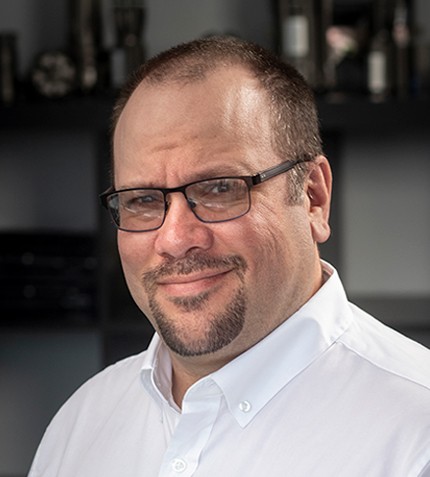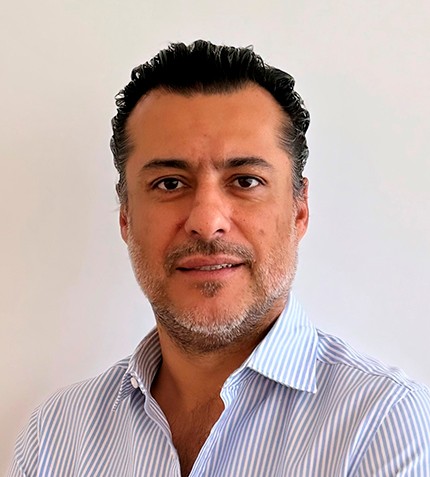
"The areas of mining in which DDC drones are well positioned to add value include sending a drone instead of people to do gas detection. The other application is in core sample extraction."
Steve Magirias
CEO, DRONE DELIVERY CANADA
Which mining specific applications are DDC drones best suited for?
Drone Delivery Canada (DDC) has been working on a full logistics solution for years and continues to push technologies forward.
The areas of mining in which DDC drones are well positioned to add value include sending a drone instead of people to do gas detection. The other application is in core sample extraction. Instead of driving a truck down into the mine, you can send a drone with the payload and range to do that. It is a lot faster and a lot safer than driving all the way down into the mine. We believe an unmanned helicopter can do that task in the most efficient and cost-effective manner.
Can you provide an overview of the different drones DDC offers?
The first drone we developed was the Sparrow. It has a maximum payload of 4.5 kg and a range of 20 km. It is battery powered, which is beneficial from a cost and environmental perspective. We have primarily used our Sparrow to deliver medical goods and packages. We are currently working on the successor to the Sparrow, the Canary, which has the same payload, and range as the Sparrow, but has slightly better aerodynamic characteristics. The key improvement of the Canary is that it is equipped with a parachute. This takes care of the ground risk and allows us to fly directly over people which is something we are not able to do with the Sparrow. Once validated by Transport Canada, DDC will be able to take more direct flight routes. The Sparrow today has to avoid areas where people are located, for example, sidewalks, golf courses, parks, and the like. The idea with the parachute is that should something go wrong with the motors, the parachute deploys, and it brings the drone safely down to land.
The larger drone that we are working on is the Condor. It is based on a manned helicopter, but we have converted it into an unmanned version. It is currently in testing and development, and our goal is to have a range of 200 km and a payload of 180 kg and we anticipate key milestones to be achieved for the Condor in 2023.
In the event that a drone crashes, is that cost taken on by DDC, or is it on the mining company?
Today we own the drone; all the hardware is ours, and we manage it for our customers as a managed service. In the future, as drones become more mainstream, the ideal situation would be that we either sell or lease the hardware, license the software, and the mining company would operate and monitor the drones themselves.
To what extent does weather influence the capability of these drones?
Weather can definitely be a challenge. The Sparrow today has an operating window of -20 ºC to 40 ºC, and wind conditions can also pose challenges if gusts are above 20 Knots. The Canary has slightly better parameters, but we are still working to finalize those through final development testing. The Condor, being a much bigger drone, will perform better in windy conditions.
What are the keys to establishing product market fit?
Understanding what we have developed and how it can be leveraged within the mining industry overall is extremely important for us. Our priority is to continue advancing the technologies alongside our commercially available drones, as well as those that are still in development. There are always different pieces of information and technology that need to be added. Drones today are smart, but they are also dumb: a drone is programmed to fly its route. It is geo-fenced, so it does not go astray, but it will fly its route regardless of what is coming in its way. If a Cessna or a non-cooperative that you cannot detect is coming, with detect and avoid technology, the drone would detect that something is coming in its path. It would respond by stopping, descending, and then it would continue to scan until the coast is clear, before continuing its preprogramed path. That is the holy grail of the drone industry that everyone is working towards: getting beyond the visual line of sight.










